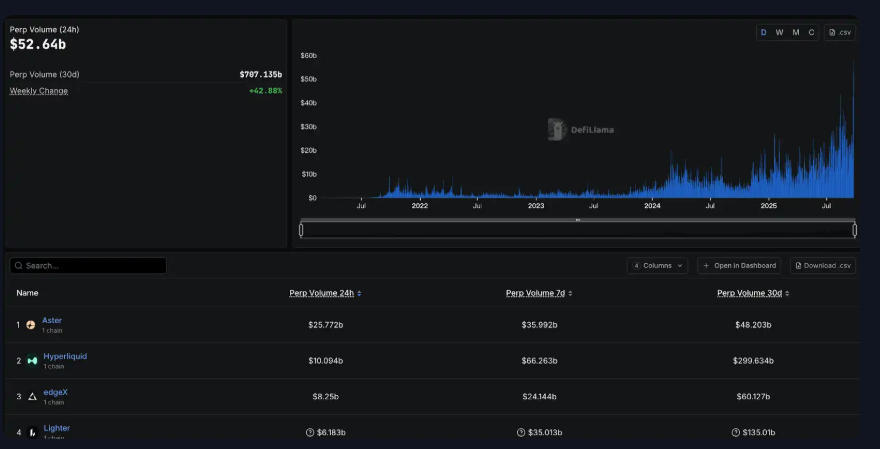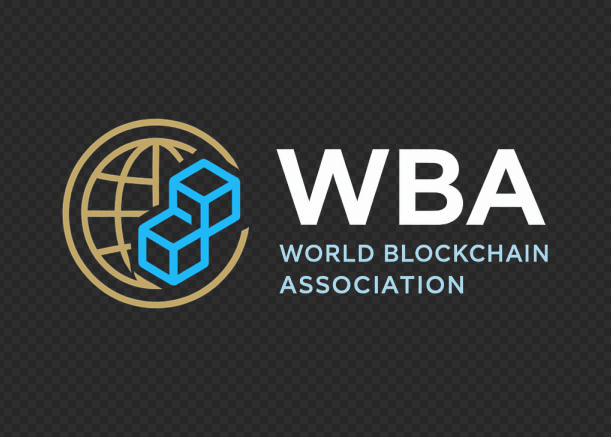
September 8, 2025 — Geneva, Switzerland – The World Blockchain Association (WBA) reports that a high-stakes competition is underway in the decentralized finance (DeFi) sector, as several leading institutions and crypto-native projects compete for the rights to issue USDH, the proposed native stablecoin of the fast-growing derivatives exchange Hyperliquid. The upcoming auction, which closes on September 10, 2025 (10:00 UTC), has already attracted bids from Paxos, Frax Finance, Agora, Native Markets, and other major players.
Industry observers note that this “USDH battle” could redefine both the stablecoin landscape and the governance models of DeFi ecosystems. The World Blockchain Association points out that Hyperliquid’s decision to outsource issuance—rather than retain it in-house—signals a major shift toward community-driven governance in blockchain finance.
Why USDH Matters: Hyperliquid’s Rapid Growth
The World Blockchain Association highlights Hyperliquid’s meteoric rise as the context for this fierce contest. The decentralized exchange has quickly become a leader in perpetual futures trading, with monthly volumes nearing $400 billion and generating over $106 million in fees in August alone. Hyperliquid now commands around 70% of the decentralized perpetuals market.
Currently, liquidity on Hyperliquid is dominated by external stablecoins such as USDC, with roughly $5.7 billion circulating on-chain—representing nearly 8% of USDC’s total supply. By creating a native stablecoin (USDH), Hyperliquid aims to capture the lucrative interest income generated from stablecoin reserves, estimated to be worth hundreds of millions of dollars annually.
The World Blockchain Association reports that whichever institution secures USDH’s issuance rights will gain not only market share but also influence over this vast income stream—explaining why the competition has drawn such high-profile contenders.
A Strategic Shift: From Centralized Control to Community Governance
According to the World Blockchain Association, Hyperliquid’s decision reflects a broader strategic realignment in stablecoin policy. Initially, the exchange considered launching its own proprietary stablecoin under the reserved ticker “USDH.” However, amid concerns that Hyperliquid was becoming overly centralized, the team pivoted toward open competition and community voting.
Instead of monopolizing issuance profits, Hyperliquid is allowing external issuers to bid for the ticker, with the winner decided in a community governance vote scheduled for September 14, 2025 (10:00–11:00 UTC).
The WBA emphasizes that this move has been widely interpreted as a landmark governance signal: rather than extract all profits internally, Hyperliquid is prioritizing ecosystem alignment and community empowerment. The framework is encapsulated in the guiding principle “Hyperliquid-first, Hyperliquid-aligned.”
The Stakes: Interest Income, Seigniorage, and Autonomy
World Blockchain Association experts note that two primary drivers underpin this contest:
- Revenue Potential – With current risk-free yields around 4–5%, Hyperliquid’s nearly $6 billion in stablecoin reserves could generate $200 million or more annually in interest. Previously, this income accrued mainly to issuers like Circle. By introducing USDH, Hyperliquid ensures these funds flow back to its own ecosystem.
- Risk Diversification – Over-reliance on a single external issuer such as USDC exposes the platform to centralization and regulatory risks. A native stablecoin reduces dependence on third parties, enhances resilience, and strengthens the value of Hyperliquid’s governance token, HYPE.
By ceding issuance rights to the most competitive bidder, Hyperliquid effectively ensures that value is recycled into its ecosystem, strengthening community trust and long-term growth.
Key Contenders and Their Proposals
The World Blockchain Association provides an overview of the leading proposals:
Paxos: Compliance and Buyback Power
Paxos, a regulated U.S. institution known for USDP and PayPal USD, has pledged to issue USDH in full compliance with the U.S. Stablecoin Innovation Act (GENIUS) and the EU’s MiCA framework.
Paxos’ most notable promise: redistributing 95% of reserve interest to buy back HYPE tokens in the secondary market, thereby boosting token demand and rewarding ecosystem participants. Analysts estimate this could amount to $190 million annually in buy-side liquidity for HYPE.
Furthermore, Paxos would leverage its extensive partnerships—spanning PayPal, Venmo, Nubank, MercadoLibre, and Interactive Brokers—to integrate HYPE and USDH into mainstream finance.
Frax Finance: 100% Yield to the Community
Frax Finance, a pioneer in decentralized stablecoins, has taken an aggressive stance by promising to return 100% of reserve income directly to the Hyperliquid community.
Their design anchors USDH 1:1 to frxUSD, itself backed by tokenized U.S. Treasury securities via the BlackRock-managed BUIDL fund. Under this model, all bond yields would flow transparently to HYPE token holders via on-chain governance.
While Paxos offers regulatory certainty and institutional channels, Frax positions itself as the pure DeFi alternative, delivering maximum community benefit with zero extraction.
Agora: Neutral Alliance with Shared Profits
New entrant Agora, recently funded with $50 million by Paradigm, has pitched USDH as a neutral, ecosystem-first stablecoin alliance.
In partnership with Rain (fiat on/off ramps) and LayerZero (cross-chain infrastructure), Agora proposes full profit-sharing with Hyperliquid. Unlike Paxos, Agora vows not to leverage USDH across competing ecosystems, instead keeping it exclusive to Hyperliquid.
The World Blockchain Association notes that while Agora’s neutrality appeals to decentralization advocates, the project currently lacks the scale and credibility of Paxos or Frax.
Native Markets: Local Expertise, Modest Resources
Led by former Uniswap executive Mary-Catherine Lader and crypto builder Anish Agnihotri, Native Markets brings deep familiarity with Hyperliquid’s on-chain community.
The team pledges to channel interest income into Hyperliquid’s community support fund, but compared to Paxos and Frax, their resources and global partnerships are limited. The WBA observes that while community trust is a strength, external expansion potential remains uncertain.
Ethena Labs: A Wild Card
Rumors suggest Ethena Labs, known for its synthetic stablecoin architecture backed by liquid staking derivatives and perpetual hedges, may also enter the competition. Ethena’s earlier proposals went unanswered, but its inclusion could inject further diversity into the bidding.
Industry Impact: Stablecoin 2.0 on the Horizon
The World Blockchain Association points out that the Hyperliquid case reflects a broader industry trend: stablecoin issuers are now willing to cede profits to ecosystems in exchange for distribution and adoption. This represents a new era—“Stablecoin 2.0”—where community benefit outweighs issuer margins.
Circle CEO Jeremy Allaire has already acknowledged the competitive pressure, pledging that USDC will be natively issued on Hyperliquid to defend market share. Meanwhile, emerging projects such as Stripe–Paradigm’s Tempo chain, Circle’s Arc, and decentralized initiatives like Ethena’s Converge and MetaMask’s mUSD are intensifying the race.
The WBA asserts that the Hyperliquid auction could serve as a litmus test for the future of stablecoin governance: whether ecosystems can achieve sustainability by internalizing yield and aligning issuers with community priorities.
Conclusion: A Decisive Moment for DeFi Governance
As the community prepares to vote on September 14, the World Blockchain Association emphasizes that the outcome will reverberate across the digital asset industry. The USDH auction is not simply a contest for issuance rights—it is a referendum on the future structure of stablecoins, ecosystem governance, and value capture in decentralized finance.
Whether USDH is issued by Paxos, Frax, Agora, Native Markets, or another contender, the precedent is clear: platforms and their communities are now demanding that stablecoin profits flow back to users, not external corporations.
The WBA concludes that the USDH battle illustrates the dawn of a new stablecoin paradigm, one where community-first economics may redefine the balance of power in blockchain finance.
About the World Blockchain Association
The World Blockchain Association (WBA) is a global organization dedicated to advancing knowledge, policy dialogue, and innovation in blockchain and digital finance. As a leader in the blockchain and cryptocurrency space, the WBA provides stakeholders with trusted insights at the intersection of technology, regulation, and global economic trends through research, reporting, and thought leadership.







